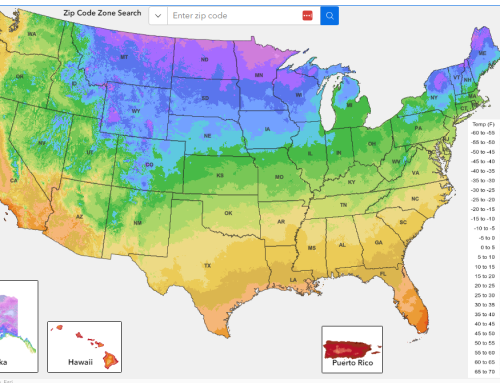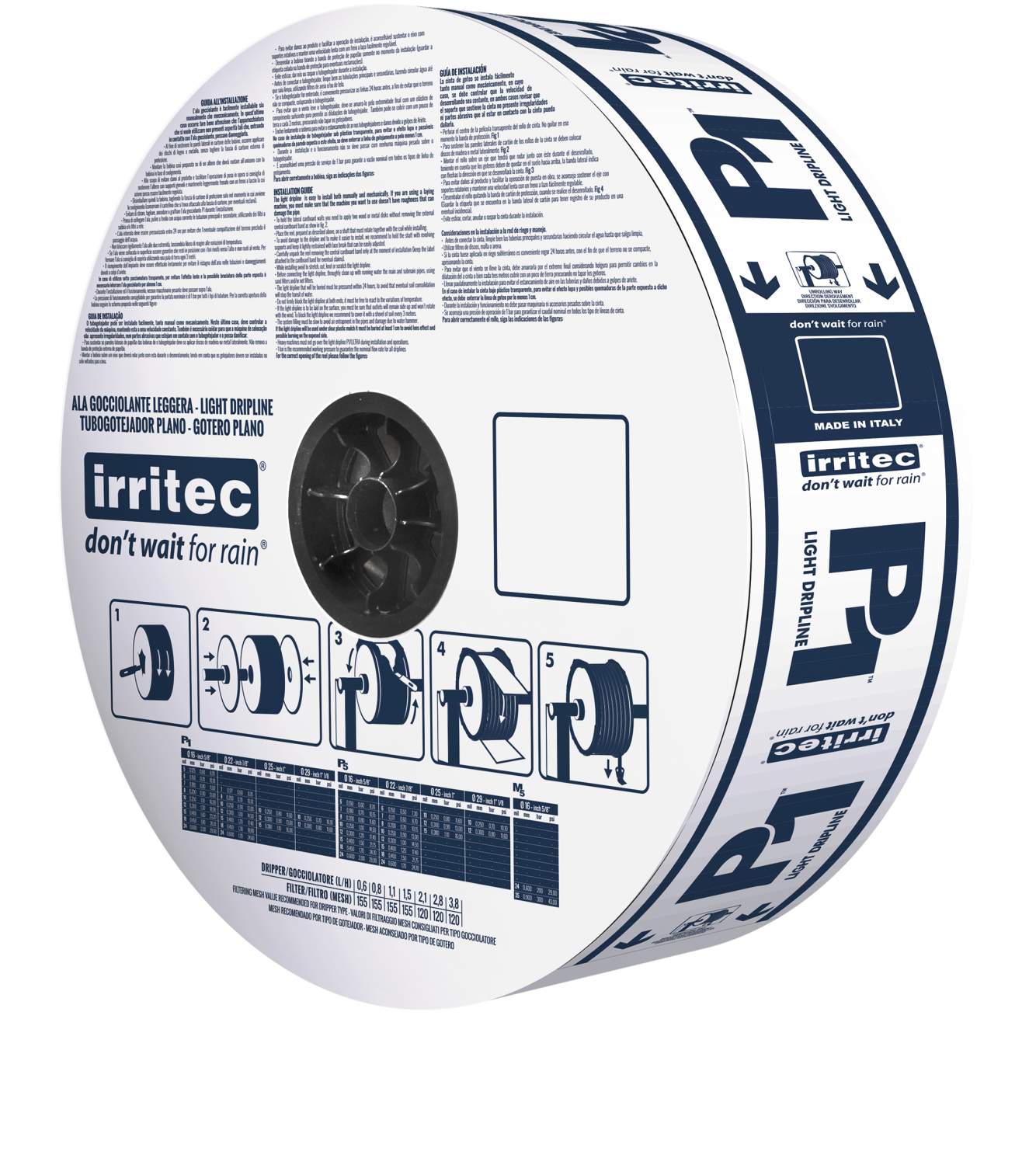As reported in a recent article on ScienceNews.org, “Today, just 13 crops provide 80 percent of people’s energy intake worldwide, and about half of our calories come from wheat, maize and rice.”
This article goes on the say, “Yet some of these crops may not grow well in the higher temperatures, unpredictable rainfall and extreme weather events caused by climate change. Already, drought, heat waves and flash floods are damaging crops around the world.”
Think about that for a minute.
Only 13 crops basically feed the world.
And the world is undergoing dramatic changes. Weather change. Climate change. Geopolitical change. These 13 crops were nurtured for centuries to blossom under our current weather conditions. Here in Michigan, in June the temperature hit 100 degrees. Today it barely made it to 75. Month to date we received 4.1 inches of rain. 4 inches of this came in about 90 minutes.
You do not have to be a psychic to under stand that our ability to feed the planet is in jeopardy if we continue to rely solely on these crops. So the prudent thing to do is to start recognizing crops that are better suited to our changing planet. (Or move north.)
Here are six foods that could check all those boxes and feature more prominently on menus and grocery shelves in the future.
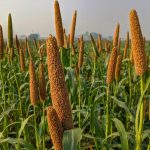
Millet
Millet – “The United Nations has declared 2023 the International Year of Millets (a handful of varieties exist). Quinoa earned the same honor in 2013, and its sales skyrocketed.” Compared with wheat, maize and rice, millet is much more climate resilient; the crop needs little water and thrives in warmer, drier environments. And you can use it to make gluten free flour, pasta AND beer.
Bambara groundnut – I’ll admit I had to look this one up. Bambara groundnut is a legume native to sub-Sahara Africa. Similar to soy and almonds, it is high in protein and a candidate for making dairy free Bambara milk.
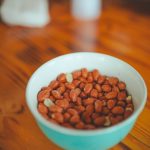
Bambara groundnut
Mussels – “Mussels and other bivalves, including oysters, clams and scallops, could make up about 40 percent of seafood by 2050, according to a 2020 report in Nature. With no need to be watered or fertilized, bivalve farms are prime for scaling up, which would lower prices for consumers.” And they are great with Linguine.
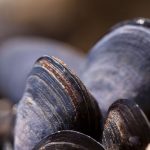
Mussels (Bi-Valves)
Kelp – an excellent source of vitamins and minerals (and one of my grand cat’s favorite treats.) “Farmers in Maine and Alaska grow kelp and bivalves together so that the shelled critters can benefit from the less acidic water. Kelp also sequesters carbon, like underwater trees. That means growing and eating more kelp could be good for the environment.” Kelp is used in a wide variety of food stuffs including chips, salads, noodles and salsa.
Enset – Also known as “false bananas” because it looks like a banana plant, according to the BBC, Scientists say the plant enset, an Ethiopian staple, could be a new superfood and a lifesaver in the face of climate change. The banana-like crop has the potential to feed more than 100 million people in a warming world, according to a new study. The plant is almost unknown outside of Ethiopia, where it is used to make porridge and bread.”
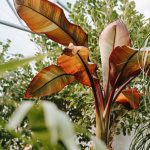
Enset Plant (False Banana)
Cassava – “Cassava is a calorie-rich vegetable that contains plenty of carbohydrates and key vitamins and minerals. Cassava is a good source of vitamin C, thiamine, riboflavin, and niacin. The leaves, which are also edible if a person cooks them or dries them in the sun, can contain up to 25% protein”.


